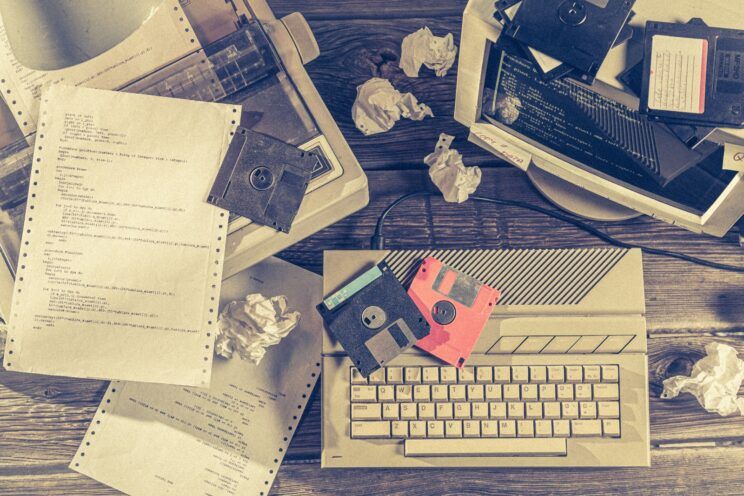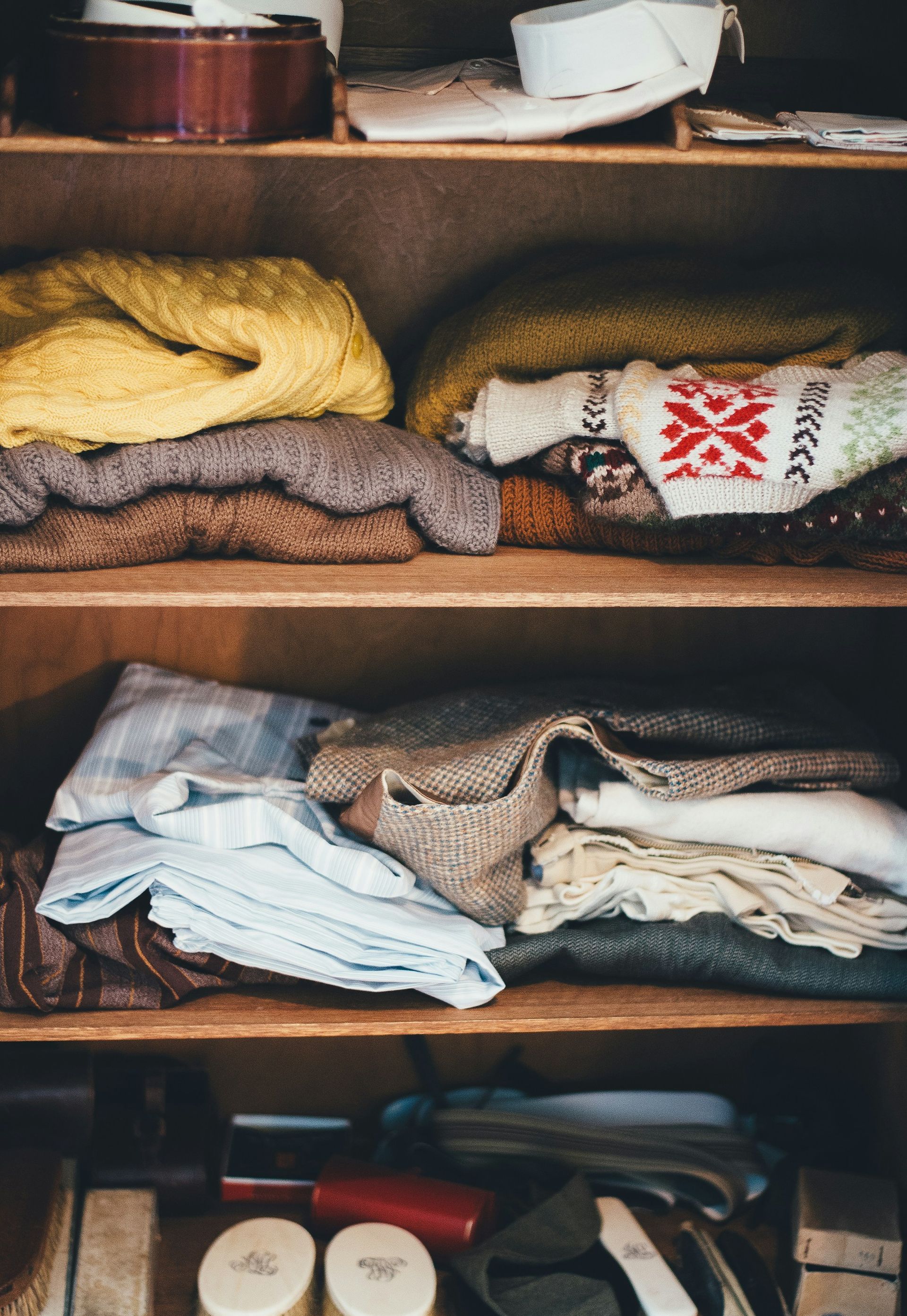
HOW TO CORRECTLY DISPOSE OF WEEE WASTE
What is WEEE?
WEEE stands for Waste Electrical and Electronic Equipment. This term covers most electrical products that are battery or plug operated. This includes products such as:
- Hard drives containing sensitive information.
- IT and telecommunications equipment such as monitors, servers, keyboards and printers.
- Household equipment such as TVs, radios and video cameras and musical instruments.
- Electrical and electronic tools such as drills, sewing machines and nail guns.
- Solar panels
- Lighting equipment such as straight fluorescent lamps and compact fluorescent lamps.
- Medical devices such as dialysis machines, ventilators, monitoring appliances and radiotherapy equipment
You can find a comprehensive list here.
Why is WEEE recycling important?
In the last 10 years, technology has evolved very quickly. We are now surrounded by amazing smart-phones, tablets, TVs, laptops and other gadgets that we use on a daily basis. The dark side of this is the fast technology turnaround that it creates, resulting in a large amount of obsolete products that end up in the landfil.
Not only does this lead to waste cannot be reused, it also has to be transported and takes up a lot of space. Furthermore, it can result in harmful metals soaking into landfill soils and polluting water supplies.
How do I get rid of unwanted WEEE?
Households and businesses in the UK throw away an estimated 2 million tonnes of WEEE goods each year. As a result WEEE recycling has turned into a specialised field within the waste and recycling industry. It is a fast developing sub-sector, thanks to the 2006 WEEE Regulations. These regulations have the objective of limiting the amount of WEEE and their harmful components ending up in landfill.
Under the WEEE regulations, householders have a duty to dispose of their electrical waste in the correct manner. This means that if electrical or electronic equipment has a crossed out wheelie bin symbol on it, you should not dispose of in your household bin.
There are a few different ways to safely dispose of unwanted WEEE including recycling schemes, confidential waste collection and council recycling systems.
1- Retail return recycling
To avoid WEEE being disposed off incorrectly by consumers, the 2006 WEEE regulations stipulate that producers and retailers are responsible for collecting, repurposing or disposing of electrical and electronic equipment brought back by businesses and individuals. This means that distributors have to offer to consumers a take-back system where WEEE items can be disposed of free of charge. Retailers and producers will recuperate your WEEE free of charge and will also take old appliances when you are purchasing a new one.
2-Council Recycling system
Another way to dispose of WEEE is to bring your unwanted technology to your local recycling centre for free disposal. You can find more information on your local council’s website, as the services offered will depend on your local authority.
3-Professional WEEE recycling service
If you have a large amount of WEEE waste that needs to be correctly disposed of then you can contact a waste management company. Here at Flexible Storage, we offer ad-hoc as well as regular collections from offices or home offices to dispose of confidential waste. This includes electrical equipment, sensitive documents and data tapes. To find out more about how we can support your business, please contact our team.
If you wish to learn more, the Department for Innovation and Skills has issued Government Guidance Notes (PDF) that provide more information on the WEEE Regulations.








